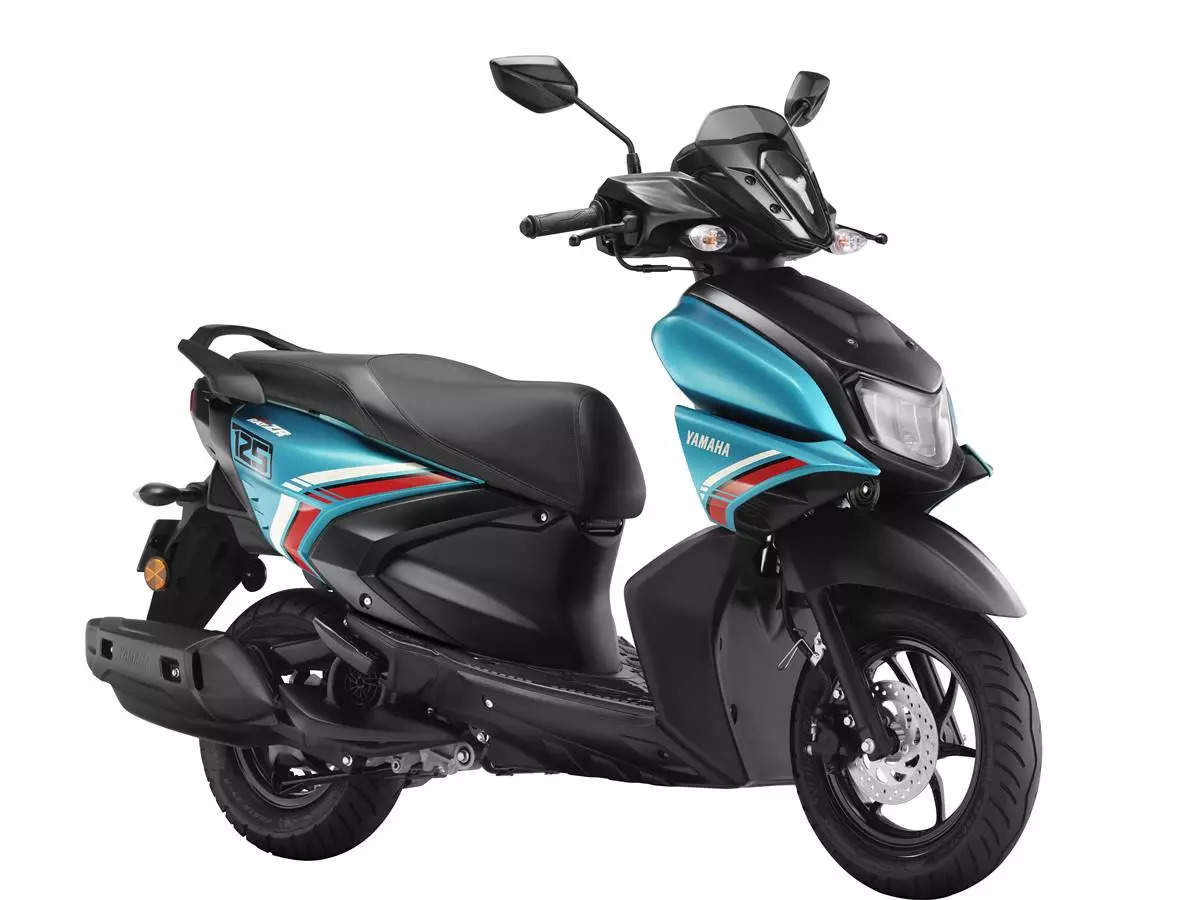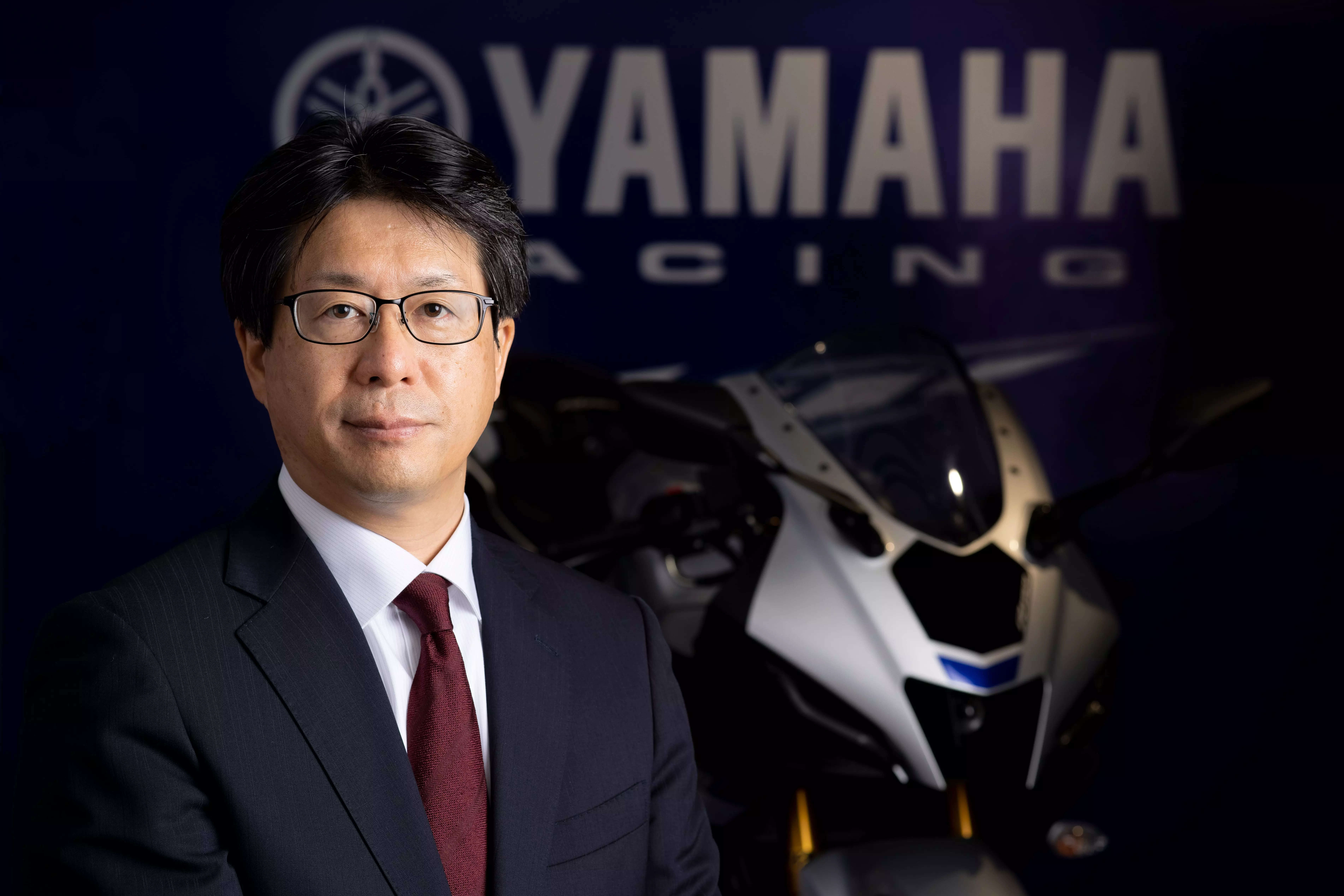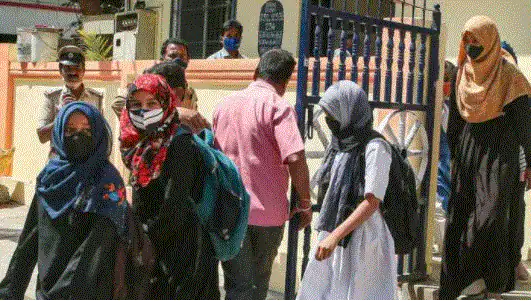
Yamaha Motor Co (YMC) plans to make India its export hub for shipping out premium motorcycles and scooters to advanced markets like Europe, the US and even Japan.
“We are stepping up our game to become the second biggest export hub factory for YMC by 2030,” Eishin Chihana, Chairman, Yamaha Motor India Group of Companies, told ETAuto in a recent interview at the factory near Chennai.
A beginning has already been made with exports of the Ray ZR scooter to the European market kicking off earlier this year. “We have been exporting our bikes and scooters for years to many countries. However, these are essentially emerging markets like Africa, South America and parts of ASEAN. Europe is a big step forward for the Ray ZR and the future will see Japan and the US added to the list,” added Chihana.
According to him, there was a lot of work involved in “really improving” quality for these new markets. The Ray ZR has been shipped out to France, the UK, Germany, Italy, Spain, Holland and Turkiye. “YMC wants India to perform a bigger role in our longterm vision,” he said.
Following the Ray ZR, India will now kick off the next stage for YMC’s global template with other premium scooters as well as motorcycles. “Our next job is to expand this model lineup for Europe and Japan from India. All I can say at this point in time is that this will also comprise motorcycles,” said Chihana.
Quality focus
YMC wants smaller capacity bike engines to be produced in India and export them to advanced countries. This will necessitate greater attention to quality since these markets demand the best. “We still have many points to improve and some gaps need to be filled when it comes to shipments to countries like Japan and Europe which ask for high levels of precision,” he explained.

According to Chihana, YMC has a wide range of motorcycles for the European market. The big ones with planned capacities of 900cc plus can continue to be produced in Japan while smaller capacity bikes can be made in India. “Small from the European point of view is over 155cc and premium. There is no question of contemplating 100cc motorcycles since we have no intention to enter this space all over again. Our focus is now solely on premium,” he said.
At present, Indonesia is the biggest export hub for the company and services over 100 countries. It has also just started exports of the company’s latest 700cc motorcycle to Europe. However, in Chihana’s view, India has more potential when it comes to meeting the needs of other advanced countries. Indonesia has had an eight-year head start in exports and also has the added benefits of low tariffs in the ASEAN free trade area.
Economies of scale
The renewed global template for India will be relevant for the remainder of this decade where YMC will identify the appropriate motorcycle models that can be manufactured here and exported to the West and Japan. These bikes will also be sold in India and from YMC’s point of view, the business will become more viable with greater volumes and economies of scale kicking in.
“We can then contribute to our global Yamaha vision from India. We need to strengthen our organisation and have more engagement with our customers. We can use the reputation in Europe for our marketing efforts in India where the idea is to target the 18-25 age group,” said Chihana.
He admitted that the company still had to do a lot more work in increasing its domestic market share, which is still in the low single digits, despite being around for nearly four decades. Fellow Japanese brands like Honda and Suzuki have marched ahead while local competition in the form of Hero, TVS Motor, Bajaj and Royal Enfield has been equally formidable.
“We have a consistent strategy and our business is growing. From my point of view, we are in a comfortable situation,” maintained Chihana. Having chosen to focus solely on the premium space, the company is pleased that its target segment of the upper middle class is “increasing quickly”. The age group of 18-25 is constantly on the lookout for for premium products right from shirts to motorcycles.
Blue Square spread
“We are now well connected with our buyer base in urban and semi urban parts of India with over 300 Blue Square outlets where the numbers will grow in the coming years. With increasing urbanisation, there will be a transition happening where the younger generation will seek premium bikes and this is in line with our strategy,” said Chihana.
According to him, the company needs “a certain period for new model launches” which essentially means that there will be a time lag and, hence, “we have no choice but to wait”. In the interim, the key is to focus on expanding the Blue Square network along with greater levels of customer engagement activities.
“We also need to constantly understand youngsters’ minds and keep their interests going like the MotoGP last year which was phenomenal as a branding activity. Beyond bike enthusiasts, others were as excited too and the overall momentum was tremendous and helped build our brand recall,” recalled Chihana.
In India, the Yamaha brand is relatively strong in the south, east and northeast with a lot of work now underway in expanding its presence in the west. The company’s premium and deluxe offerings have more traction in these regions compared to north India where the vast majority of riders is more inclined towards 110cc commuter motorcycles.
The good news, though, is that there are some Tier 2 regions in the north where the younger generation has higher levels of disposable incomes and can afford to go in for premium bikes. “We will need to focus on these affluent cities and ensure that Blue Square outlets are set up as a matter of course,” said Chihana.
Mid-term management plan
In its medium term management plan (2022-24), YMC had said that it would target the upper-middle class in India and ASEAN which was expected to grow rapidly over the next 10 years and “ramp up our premium segment strategy even more than before to solidify our advantages”.
Yamaha said it would carefully map out strategic segments in each country and not only offer attractive products but also launch stronger brand marketing initiatives to “create firm ties” with customers. In India, it would double the number of premium sport models sold and “roughly double” the number of Blue Square premium dealerships which serve as “real points of contact” with customers.
“We will aim to improve profitability by forging ties between customers and the Yamaha brand by using digital technologies and by accelerating implementation of our premium segment strategy targeting the upper-middle class in India and ASEAN markets,” Yamaha stated in its 2022-24 plan.

















